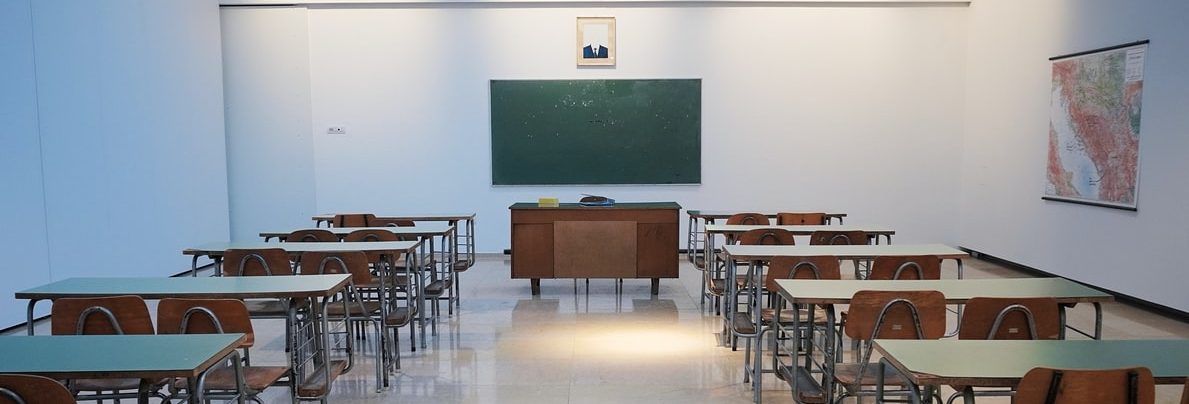Back to School Anxiety

Obviously, the COVID-19 pandemic created a great deal of disruption in our lives. Our children were also impacted as they were forced to make significant adjustments to their daily routine, with the biggest adjustment being the transition to virtual learning. A lack of structure and uncertainty can be anxiety provoking for any adults, it is even more so for kids. But as time went on and they adapted to this new learning modality, they also got used to being at home. Now they are being asked to return to school full time in the upcoming academic year. This is causing a great deal of anxiety for children.
Going back to school is starting to trigger separation anxiety for children. A recent survey found that 66% of school-age kids are anxious about going back to school after COVID-19. And 74% of parents say COVID-19 has impacted their kids’ overall mental health. Many parents report that their children are now expressing worry about whether it is safe to back to school. It can feel like they are having to leave the safety, not just of their home, but of the routine they came to find comfort in. They’ve been out of “normal” school for so long that it’s reasonable to see how children will struggle when they return. Higher levels of stress will, in turn, likely cause impairments in cognitive functioning that can adversely impact their academic performance.
However, there are some things parents and teachers can do to help mitigate this worry and anxiety as children start returning to school. It’s naturally worrisome for parents when their kids act clingy or are fearful about separating from them, but it’s important for parents to know that this is normal. It’s important to stay calm and stay patient. Making sure that your child has a predictable routine can go a long way. It can make children, especially younger ones, feel more secure. Parents should focus most heavily on providing their children with ample space for communication. Find ways to support the communication process buy allowing kids to express themselves more freely and without judgement. Younger children can easily become confused by what they are feeling and even not know how to express it.
It will be very important for teachers to also maintain a safe space for communication. Once students return, they can do a daily “check-in” with kids where they can talk about their feelings. It will also allow children to listen to their classmates, as a way to build empathy and communication skills after a year of limited social contact. Teachers may also want to consider allowing kids to spend the first days or week “processing” (understanding) their thoughts and feelings regarding the virus, being away from school, and helping to moderate whatever fears or concerns children have about returning to school.
Teachers should also lay out expectations for the upcoming school year to provide students with a greater sense of structure and certainty which can help to significantly reduce anxiety and worry. Plenty of physical activity and fun projects should also be made available. School administrators can get involved by putting testing and rigorous academics on hold for at least a week or two as students adjust to school again. Another strategy that may help children acclimate is to provide them with more breaks throughout the day.
Due to the increase in mental health issues that we will continue to see, teachers should be trained to recognize signs of serious mental health conditions, such as depression, anxiety, and suicide. Teachers should also be trained on the early warning signs of mental health issues and know when to refer students to counselors. Students should also know how to find the school counselors themselves. More frequent communication between teachers and parents will also be pivotal in this process.
Teachers’ mental health should not be overlooked either. Teachers have not only experienced their own personal hardships during the pandemic, but have had a lot asked of them in the preceding year with all of the academic adjustments and disruption. The most important strategy to remember in all of this is for parents, teachers, and administrators to focus on creating a high level of structure to provide kids with the sense of safety that comes from certainty and routine.
Parents can even begin to take action before the school year starts. A week or two before school, parents should start preparing their children for the upcoming transition by getting back-to-school routines in place. This can mean starting to set realistic bedtimes, selecting clothes for the next day, and getting school supplies way ahead of time. For those younger children, parents can arrange play dates with one or more familiar peers before school starts. Lastly, parents can visit the school before the year begins, rehearse drop-offs, and spend some time at the school or even inside the classroom if possible.
A year of remote learning has taken an emotional, mental, and developmental toll on children. Many have fallen behind in their studies, missed out on big milestones and suffered from a lack of peer interaction that helps develop crucial social skills. Parents and teachers can help make the back-to-school process less scary for children. Stay informed about the real risks and benefits of a return to in-person school during the ongoing pandemic. Lastly, make sure to continue consulting with reputable sources, such as the Centers for Disease Control and Prevention, and your local school board.
Contributed by: Dr. Carlos Garcia

